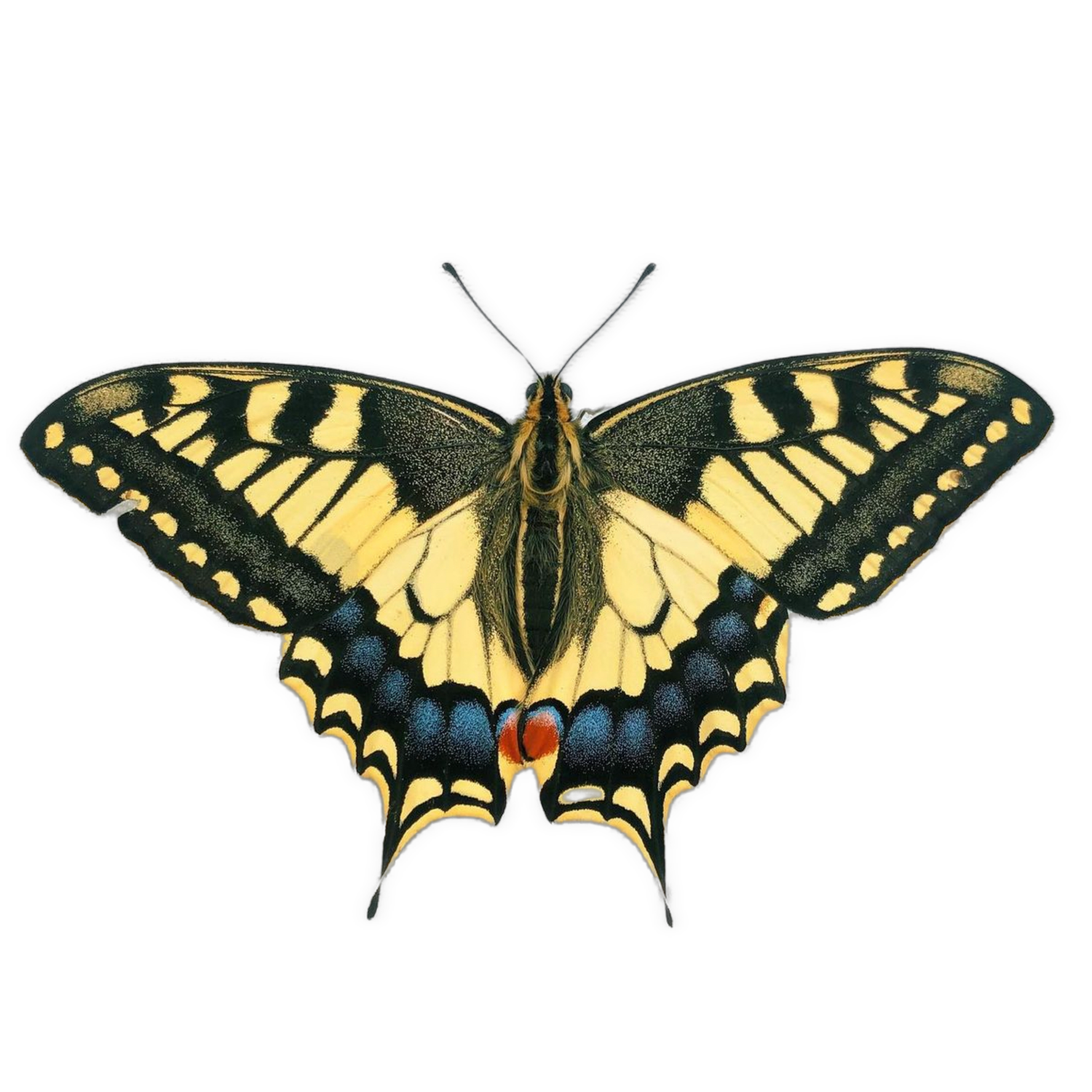Blue Morpho Butterfly Care Guide
This guide is written in regard to Blue Morpho Butterflies (available to order here), including the species Morpho helenor & M. achilles.
The methodology also extends to the adult butterflies of Morpho polyphemus, the White Morpho, however this species rarely breeds in captivity.
Eggs should be kept in closed plastic containers to prevent them drying out. Morpho eggs are pale green in colour, often slightly transparent, with a ring of black dots which indicate they are fertile. The eggs will darken as they develop, upon closer inspection you can see the patterns on the developing caterpillar inside.
Eggs will benefit from extra humidity when they near hatching, which can be applied by finely misting the inside lid of the container - do not spray directly onto the eggs or allow them to sit in water droplets as this can drown the embryo or cause mould to grow, killing the developing caterpillar before it can hatch.
You can add leaves to their container once the caterpillars hatch, but do not add any prior to this as leaves will release moisture and this often causes the eggs to mould before hatching, killing them. Once the larvae have established and are feeding well, they can be moved to mesh cages or larger plastic containers if preferred. Additionally, larger larvae do very well on living host plants if you have some potted or in a greenhouse.
Blue Morpho caterpillars feed on various Leguminous plants - including Pea & Bean leaves/sprouts, Peanut leaves, Wisteria, Laburnum and other related plants - but most conveniently they enjoy Willow, which is perfect for rearing from spring to autumn. In winter, Reeds work well, however I prefer to germinate trays of peanuts or peas as they grow quickly.
The caterpillar stage lasts around 6 weeks (40-45 days), which is slightly longer than many butterfly species, however the caterpillars become large before pupating - which requires a lot of energy and feeding!
Requiring no special conditions, Morpho caterpillars do very well at room temperature and make a fascinating project for hobbists of any experience level. The caterpillars are very colourful (see photo above) throughout, becoming green before pupating.

At this point, caterpillars will secure themselves to the host plant or roof of their enclosure to pupate. The pupae are nearly spherical, bright green in colour - I have always thought they look like little Christmas baubles!
Pupae can be left in situ if conditions are right, or moved to a different setup for pupae - following the care guide for pupae will produce best results. The adult butterfly will then emerge 2-3 weeks later.
Adult butterflies can be cared for according to this guide. They are very straightforward, simply requiring ample space to fly and a food source. Morpho butterflies are particularly fond of Banana - mashed with some honey produces a very rich food source which they will love.
The photo below shows a butterfly which has just emerged: the wings are still crumpled and the body is swollen with the fluid which will later inflate their wings. The second photo below shows the same butterfly around an hour later, once the wings have expanded fully - a striking transformation!




